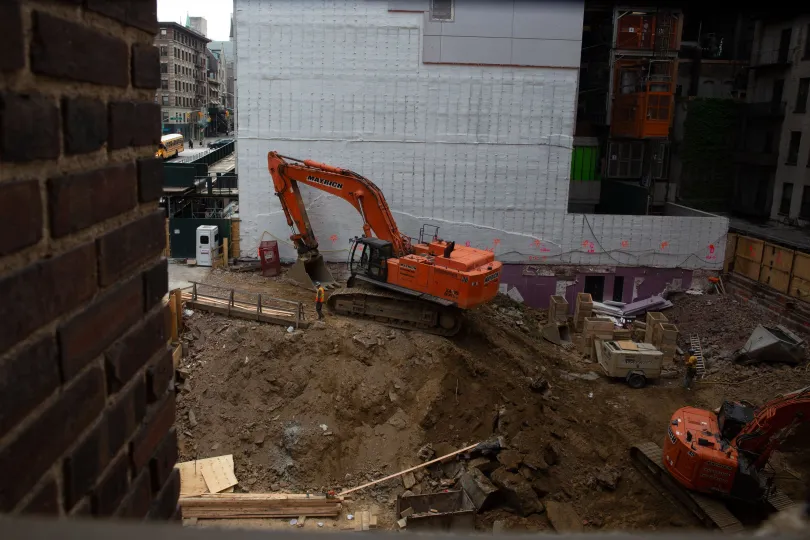Permits surged before 421-a tax break expired, developers warn it’s not enough to stave off a housing construction lull
Before the widely used construction incentive expired this spring, one-third as many building permits were issued than when the last expiration loomed.

 This article was originally published on by THE CITY
This article was originally published on by THE CITY
In 2015, the year Albany lawmakers last allowed a lucrative real estate property tax break to expire, developers filed building permits for 55,000 residential units — three times more than the previous year.
By getting their projects started, they could still qualify for the tax abatement, known as 421-a, even if it took as many as three years to actually construct and finish.

Brooklyn Boro
View MoreNew York City’s most populous borough, Brooklyn, is home to nearly 2.6 million residents. If Brooklyn were an independent city it would be the fourth largest city in the United States. While Brooklyn has become the epitome of ‘cool and hip’ in recent years, for those that were born here, raised families here and improved communities over the years, Brooklyn has never been ‘uncool’.